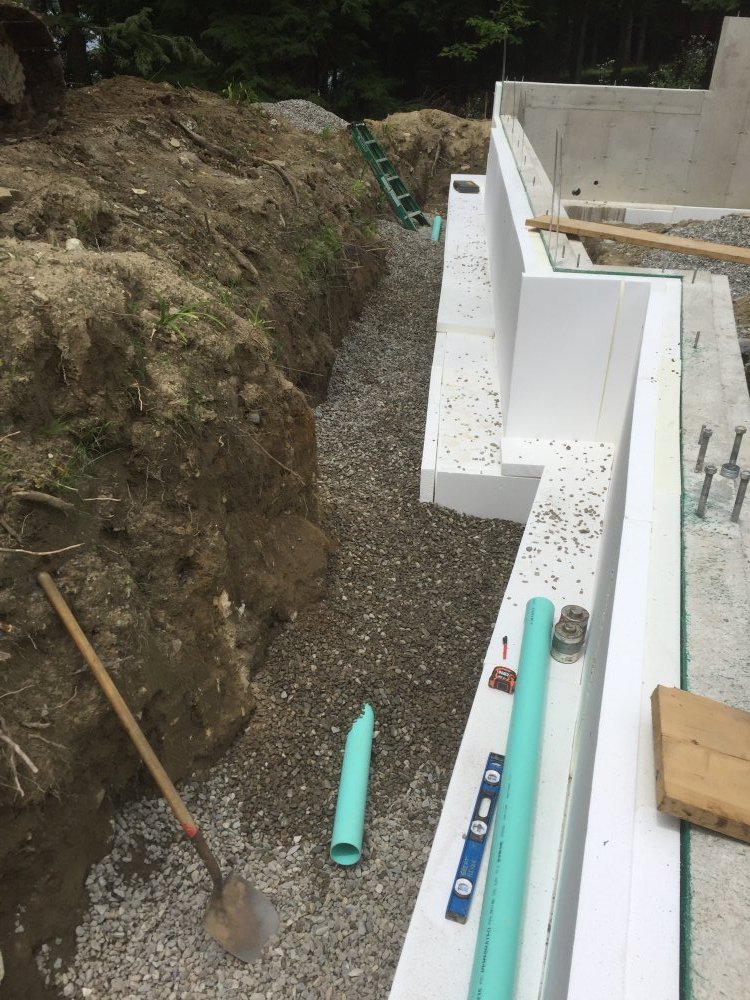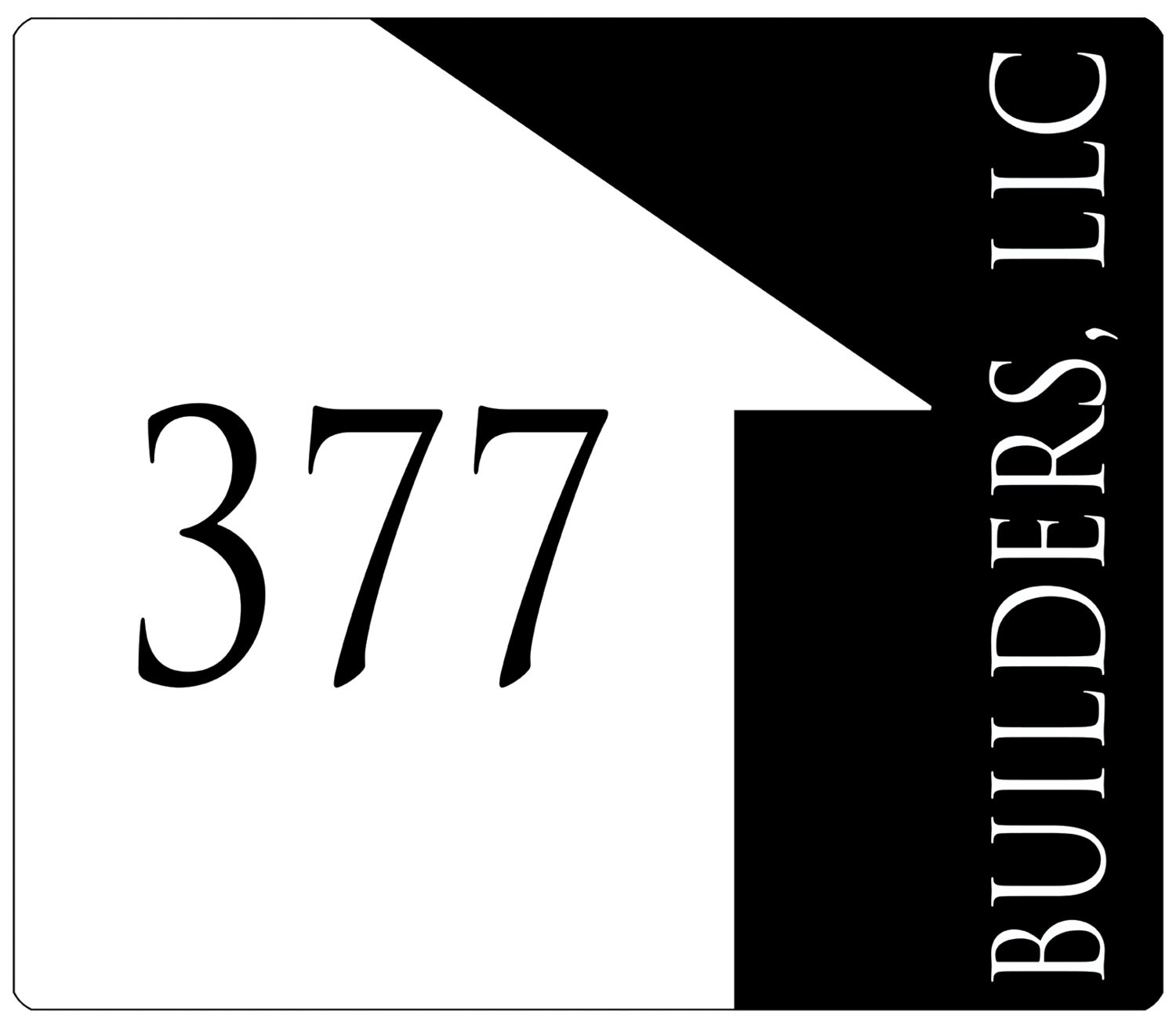High Performance Building From (Below) The Ground Up
Whenever possible, and when it suits the overall objectives of our clients, 377 Builders seeks to build high-performance homes. What exactly does ‘High Performance’ mean when referring to a home? In short, it means that by increasing the insulation of the foundation, walls, and roof, and by using triple pane windows, we can greatly reduce the overall energy usage of the home. Often this will result in the home have thicker walls and deeper roof assemblies in order to incorporate the increased insulation.
One question we are often asked by prospective clients is whether the planning phase for a high-performance home differs from that of a standard home. Many aspects of the planning phase are actually quite similar, although when you are seeking to build a super energy-efficient home it is recommended that you choose an architect and/or engineer who has in-depth knowledge of things like passive solar gain and of heat losses through conductivity etc.
One wonderful thing about planning for a high performance building is that because of the importance of the home’s relationship to the position of the sun, and to any shade trees on the property, the siting of the house must be more carefully considered than in a standard construction. In fact, because well positioned shade trees will greatly contribute to your home’s cooling efficiency, the landscape design is often a much more important component of the overall design. Thus, from the start, your high performance home will be designed with its relationship to the natural world as an essential consideration.
The first step in building any home, after the design and site prep are completed, is to get a foundation in the ground. Below are several photos taken during the prepping and pouring of the foundation of a 5,000 square foot high performance home that 377 is currently building. How does this foundation differ from the foundation in a standard construction? The biggest difference is that while the foundation walls are usually well insulated in a standard construction, the footings (the concrete ‘feet’ that the foundation walls stand on) are not. In some high performance buildings, even the footings will be surrounded in insulation: in this case with EPS (expanded polystyrene) foam. For more information about our use of foam insulation, please see the note at the end of this post.


How it works
In the first photo, one can see that the footings have been poured and the beautiful wood forms, into which the concrete foundation walls are to be poured, have been set and locked together. You can also see that there is foam insulation under and around all of the concrete footings.
Eventually in this house there will also be 3x the usual amount of insulation below the basement slab. In this first photo, the slab insulation is yet to be installed, but it will cover the gravel areas between the footings to make for a continuous insulating sheath beneath the home. Protecting the footings from ground contact, and super insulating the basement slab means that the house will never have to fight against the ground temperature, and that freezing ground temperatures can no longer creep up the foundation and be conducted into the walls of the living areas. In the second photo you can see that the foundation walls have now been poured, the forms removed, and that the outside of the foundation has been insulated with EPS foam as well.
Eventually the interior walls of this foundation will also be insulated with several inches of Rockwool (a dense, spun insulation made primarily from recycled mineral materials). Once the foundation is completely snuggled in its envelope, all of this concrete will come up to a stable temperature and can stay that way indefinitely. This contributes immensely to the home’s ability to stabilize at completely comfortable-to-humans temperatures from season to season.
Stay tuned! In the next blog post we will look at what happens as walls begin to get framed and plans are made to super insulate the walls.
A brief addendum about foam: 377 Builders is now well versed in how to build all of the above ground portions of a super insulated home without the use of foam insulation. Although there are some alternative and more environmentally friendly products on the market now for subgrade use, 377 has not yet had the opportunity work with these products. It is one of our many goals to build our first foam free house in the near future!!

